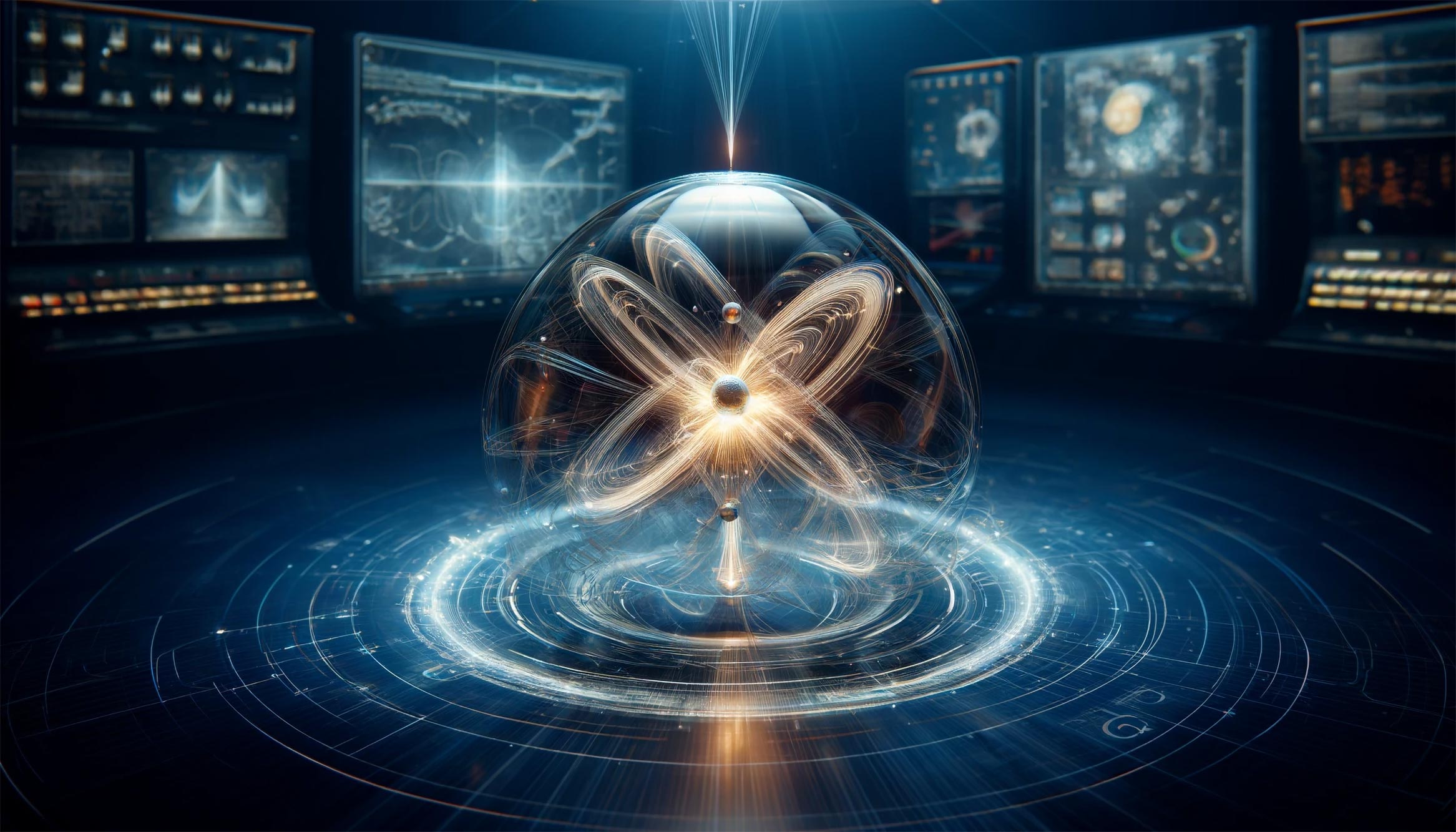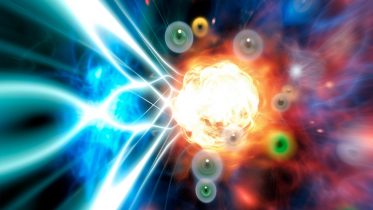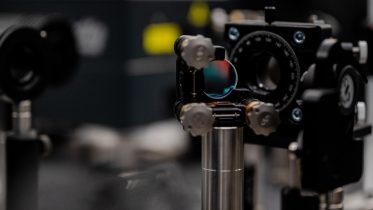
Proton
A proton is a stable subatomic particle, symbol p, H⁺, or ¹H⁺ with a positive electric charge of +1 e elementary charge. Its mass is slightly less than that of a neutron and 1,836 times the mass of an electron. Protons and neutrons, each with masses of approximately one atomic mass unit, are jointly referred to as "nucleons". One or more protons are present in the nucleus of every atom. They provide the attractive electrostatic central force which binds the atomic electrons. The number of protons in the nucleus is the defining property of an element, and is referred to as the atomic number. Since each element has a unique number of protons, each element has its own unique atomic number, which determines the number of atomic electrons and consequently the chemical characteristics of the element. The word proton is Greek for "first", and this name was given to the hydrogen nucleus by Ernest Rutherford in 1920.






